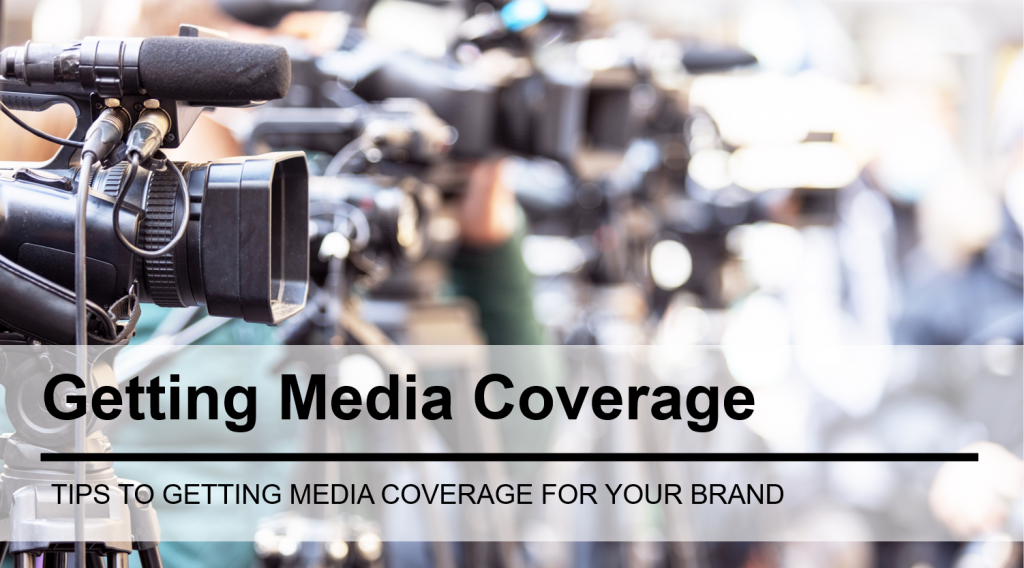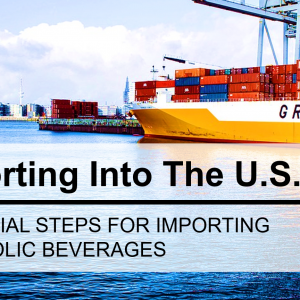Positive media coverage is a powerful marketing tool that positions your beverage business in a favorable light by projecting the credibility, expertise, image, and passion you want to convey. Earned media coverage (meaning you did not pay for placement) increases your visibility and raises the level of trust consumers have for your brand. So, how do you get the media to notice and talk about your brand? The answer: implement a public relations strategy.
What is Public Relations?
Public relations is the practice of leveraging media channels and building relationships to cultivate a positive public perception and promote your brand. Whether you’re launching a new beverage, adding a product to your existing portfolio, or looking to attract more people to your current brand, PR can help you stand out and get noticed while building and protecting your reputation. A well-executed public relations strategy will enhance your brand image, increase awareness, add credibility, and help you get your message in front of a broader audience.
Here are 8 tips to help you start using PR to grow your beverage business:
1. Prepare and Package Your Brand Story
The most critical PR asset you have is your story. The beverage world is busy and crowded. You need to say and do something that will get people’s attention. Start with your “why” – the reason your company exists. What is the problem you’re solving? How will the world be better when your brand is successful? Mine for stories and messages that showcase how you’re different from the competition. Leverage your founders’ backgrounds and expertise and your customers’ success stories to add a human element to your story. Dial in your talking points and distill them down to short, memorable sentences and phrases that communicate your brand clearly and leave a strong impression.
Developing a great brand story isn’t easy, but it lays the groundwork for communicating effectively with all of your audiences, so it’s worth investing the time and effort to get it right. And don’t forget about the visual aspect of your story. Gather product and brand photography, images, and infographics that help you communicate what you and your beverage brand are about.
2. Outline Your PR goals
Narrowing down concise, actionable, and measurable goals is essential for PR success. Raising brand awareness is not a specific goal unless you have an accurate way to measure it. Focus on smaller, achievable goals to start. Maybe you want to get local TV coverage in a location where you’re launching a product or hosting an event or land an article in a niche publication that’s read by one of your target audiences. Focus on the objectives that will have the most powerful and immediate impact on your business and build from there. It’s great to dream big and set your sights on well-known national media outlets, but don’t discount the impact of smaller and more targeted media channels to help share your story as you grow your brand.
3. Create Your Custom Media List
Successful PR is all about building relationships. Your media list isn’t just a mailing list for pitches; it’s a list of people you should take the time to get to know. Start by doing your research. Find the journalists, reviewers, and influencers whose audiences would be most interested in learning about your brand. Before you ask them to cover you or your business, read or listen to their content. Connect with them on Twitter or LinkedIn and start helping them out by providing relevant and helpful comments, connections, and ideas that aren’t necessarily related to promoting your business.
Building strong relationships with the people on your media list helps keep you and your business top of mind when media opportunities arise and make your pitching efforts more successful.
4. Organize your Pitch Materials and Samples
When it’s time to share your story, you want to be ready. Make sure your website is up to date, and you’ve prepared assets like founder bios, product images, your company logo, and a press release.
Always ask permission before sending materials or samples to a reporter or influencer or research how they like to receive information or products. Customize everything you send with the person’s name and a personalized note. Include any specific details about them or their outlet that compelled you to reach out to them.
5. Media Train Your Spokespeople
Investing in media training before you’re in front of the media is one of the best ways to ensure you have the skills and tools to be a reliable, effective spokesperson for your company. Custom media training teaches you how to develop and deliver quotable “sound bites,” respond to difficult questions, and effectively work with broadcast and print media. Media training also provides guidance and practice to help you project your brand more confidently and powerfully.
6. Keep up With Trends and Timely Topics
Communications and public relations strategies are effective when they are relevant and timely. Being timely and relevant means monitoring the conversations going on in your target market and the world, assessing your brand’s place in those conversations, and strategically stepping in at the right time to add value.
Some timely subjects are recurring: think back to school, holiday gift-giving, summer travel, national observances, etc. Other opportunities based on current events are more unpredictable.
Create a list of the types of newsworthy events and stories that fit with your brand message and incorporate those ideas into your plans and preparation. With a solid strategy, you can evaluate when, where, and how to contribute to pertinent and appropriate discussions and become a go-to resource for the media.
7. Create Content
Producing regular content on your website and social media channels keeps you connected with your customers and allows you to practice telling your story in relevant and creative ways. Posts and articles that showcase your message and expertise help build your profile as someone media contacts can turn to for comments and insights. Hosting or speaking at events also raises your profile as a go-to expert for future opportunities or stories.
Build out your content calendar and implement a process to put out a steady stream of fresh, quality content that represents your brand’s value and unique personality.
8. Be Consistent
Success with PR rarely happens overnight. It takes patience and dedication to build the relationships and momentum that result in media coverage. Mapping out your long-term plan and committing to a sustained level of effort over time is the best way to see results and ROI from your PR strategy.
A smart, well-executed PR plan is one of the best tools for raising the profile of your beverage business. Start building your PR strategy today to generate awareness, credibility, and trust that will grow your beverage business.


